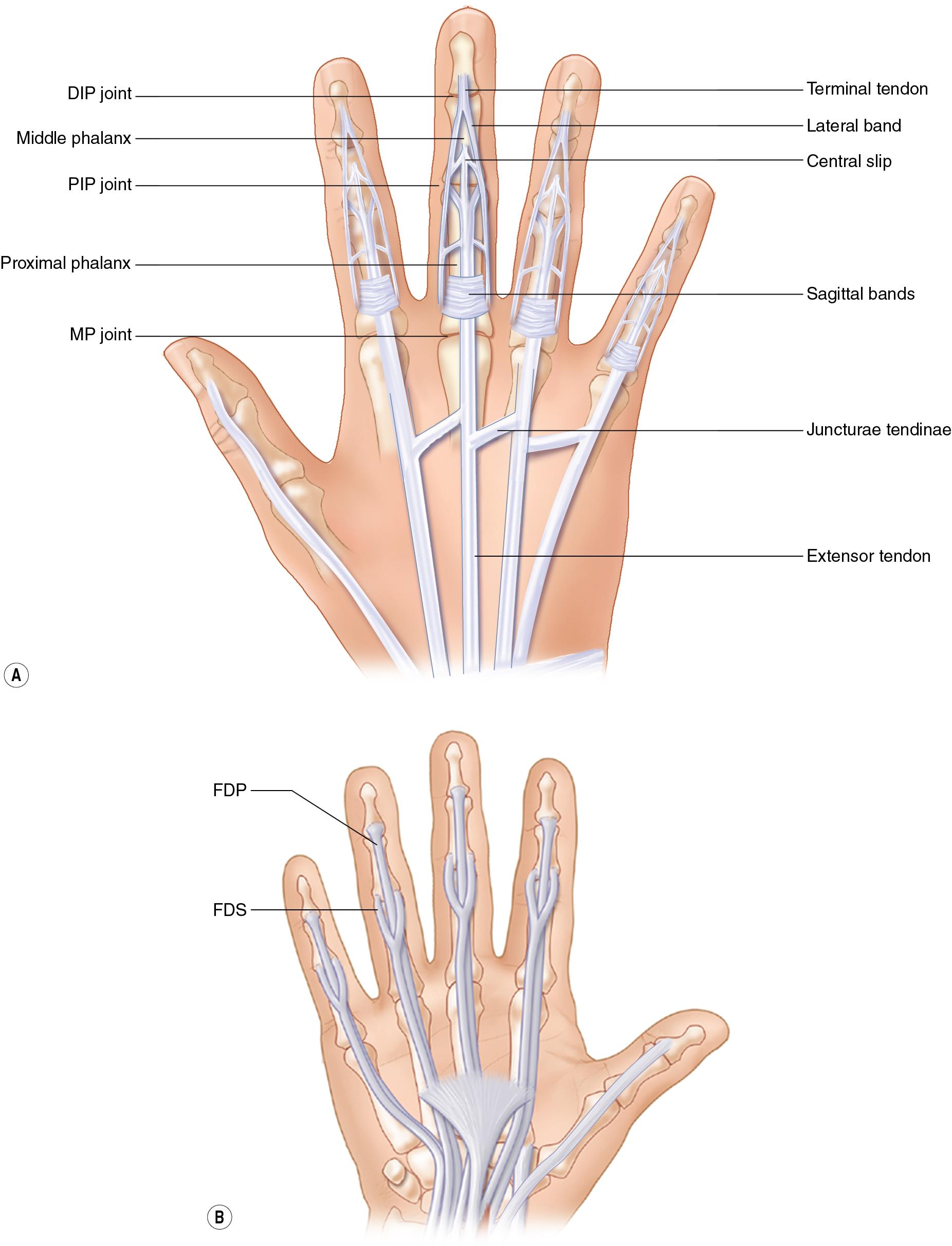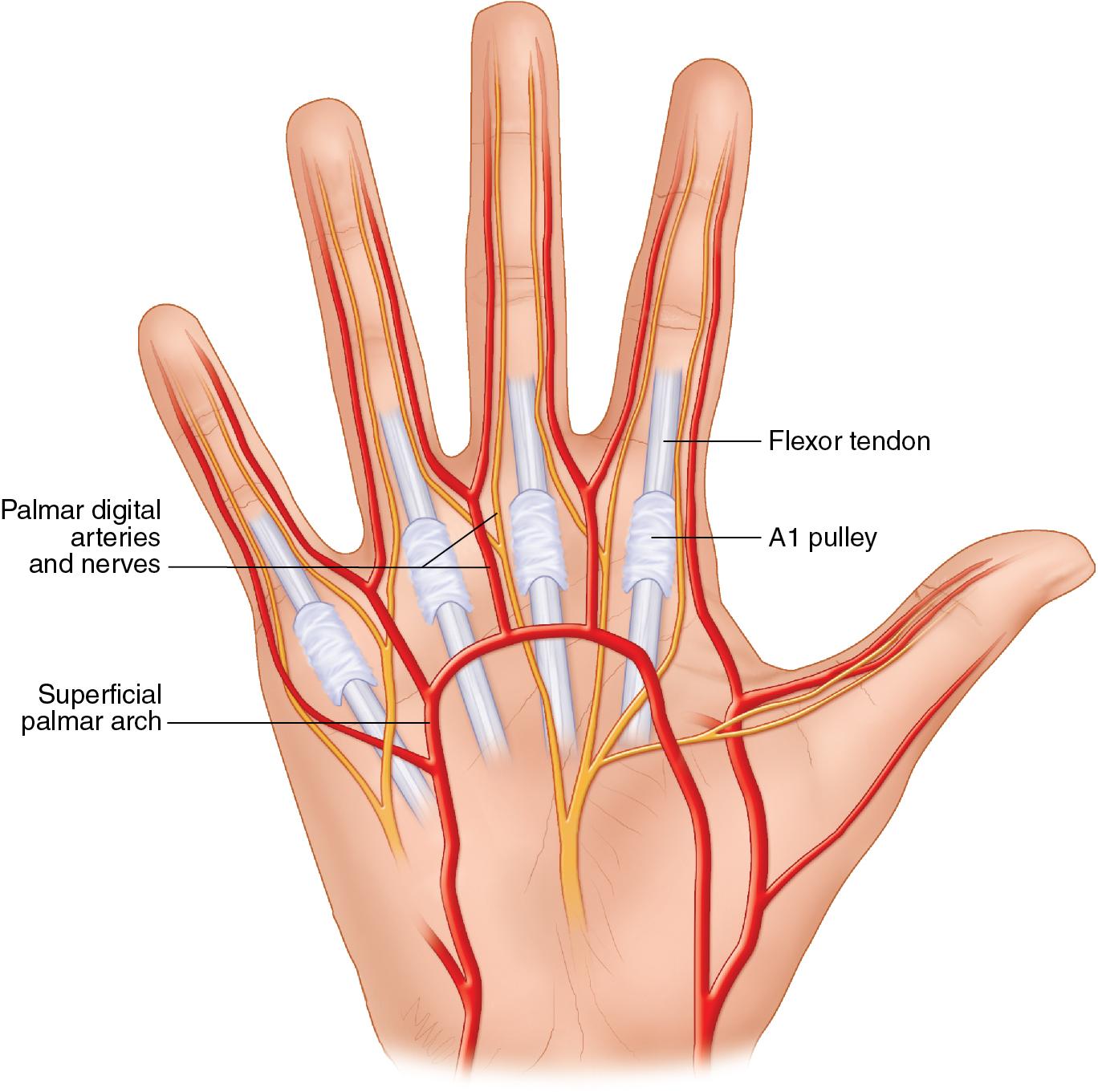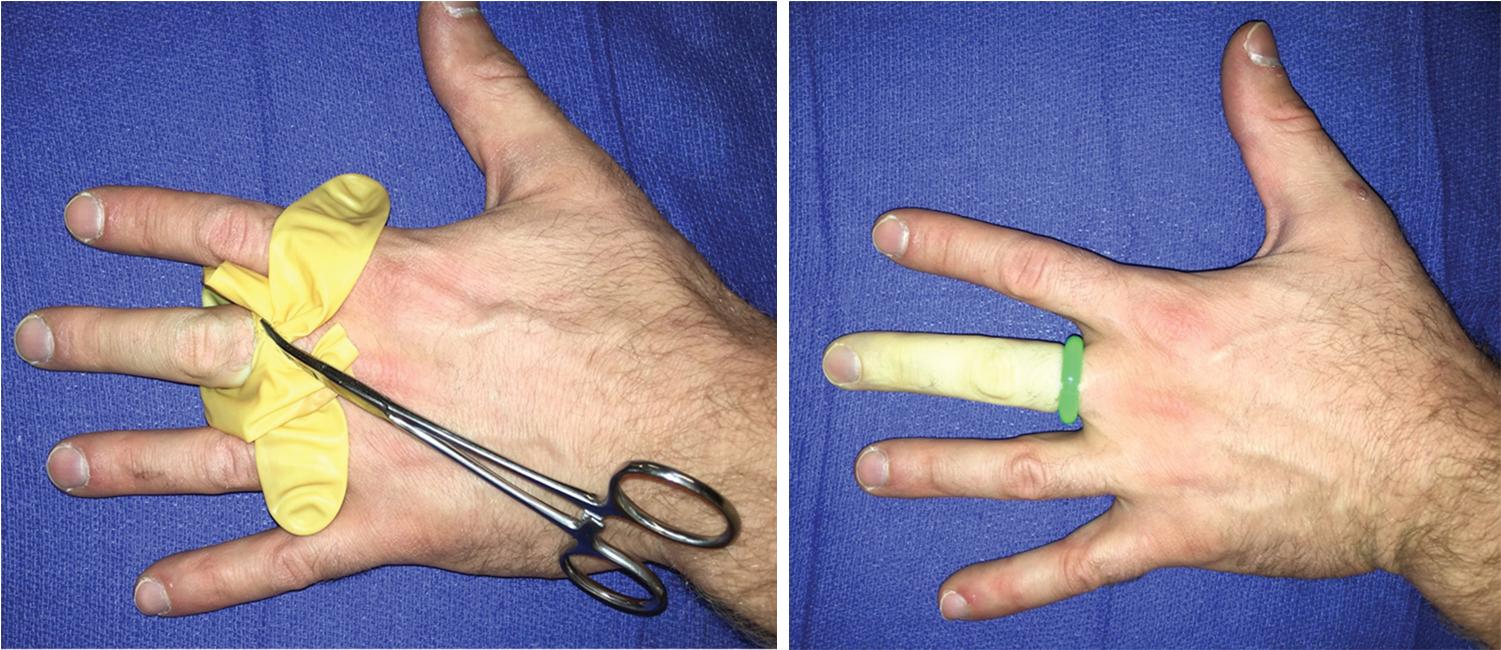Physical Address
304 North Cardinal St.
Dorchester Center, MA 02124
Digit amputation should be considered for any injury that damages a digit to the degree that vascularity, function, or soft tissue coverage cannot be restored. If at all possible, revascularization or replantation should be considered first.
Amputation should also be considered after finger injuries that substantially destroy structural and/or functional integrity beyond the ability to adequately reconstruct. Ring avulsions or other traction injuries may leave the digit largely intact; however, the underlying disruption of the digital vessels makes revascularization challenging unless the vessels are anastomosed as distally as possible. In severe cases, traction injuries can cause complete amputation with avulsion of the extensor/flexor tendons at the musculotendinous junction—these are very high energy injuries and salvage is unlikely.
Patient preference should also be considered after substantial trauma to digit(s). For injuries in which the prognosis for return of function is poor (joint destruction, need for extensive soft tissue reconstruction, etc.), patients may prefer amputation to prolonged therapy with only moderate return of function. Additionally, patients may elect for a digit amputation after a previous injury that has left them with a stiff, nonfunctioning digit.
Necrosis of the digit, either because of thermal or ischemic injury, requires amputation. Regardless of the mechanism, wait several weeks for digit necrosis to fully demarcate before finalizing an amputation to avoid incorporating developing necrotic tissue into the amputation site.
Neoplasm affecting either the structure or function of the digit may require amputation. Benign bone lesions, such an enchondromatosis, can substantially alter the physical function of the digit, but the digit can be reconstructed after tumor ablation, whereas malignant neoplasms such as melanoma or sarcoma require amputation to achieve wide resection with negative margins. The goal is to preserve functional length with durable soft tissue coverage.
For the thumb, it is important to preserve the carpometacarpal joint so that a toe transfer remains an available option.
In multidigit injuries, it is important to consider using tissues from a digit requiring amputation to provide coverage for an adjacent digit or hand wound.
Create soft tissue flaps for viable and potentially sensate coverage of other injured sites.
Use bone, tendon, vessel, or nerve for grafting in the reconstruction of other injured digits.
Amputation does not indicate failure of salvage; rather, it is part of the treatment algorithm for helping patients return to optimal function after extensive traumatic injuries.
Replantation or revascularization should be attempted over amputation in those with thumb amputations, multiple digit amputation, and/or loss of function in the contralateral upper extremity.
Replantation or revascularization should also be done in children because of their great capacity for recovery.
Check perfusion of the finger, looking at capillary refill, color, and turgor. Check that refill takes approximately 2 seconds. This is most easily done by compression and release at the nail bed if available (especially in patients with a darker skin tone).
If the finger feels soft and compressible, vascular inflow may have been lost, resulting in this loss of turgor.
Evaluate sensation.
Check the response to a sharp stimulus at the fingertip; the sharp end of a broken cotton swab or a sterile needle can be used.
Examine two-point discrimination (although this is often difficult in the recently injured patient). This can be done using a premade device, if available, or by opening up a paper clip to the desired prong width or gently using the tips of sharp Iris scissors opened to various widths. The objective is to test at what width the patient is able to distinguish two points from one point of pressure. On the volar fingertip, two-point discrimination is usually between 3 to 5 mm.
Examine the structural integrity of each involved finger. Test the flexion of the distal and proximal interphalangeal joints by blocking all adjacent joints. Finger extension is most easily tested by placing the hand on a flat surface and asking the patient to lift each finger off the surface.
X-ray is generally the only modality used to evaluate traumatized digits when determining structural integrity and potential for long-term function if salvaged.
In general, revision finger amputations are done through the bony shaft distal to tendon attachment, rather than at the joint level, to permit better contour of the amputation stump and flexion of the joint.
Knowledge of finger anatomy is important for maintaining attachments of flexor and extensor tendons if possible; within the digit, flexor tendons insert at the volar metaphysis, whereas extensor tendons insert onto the dorsal epiphysis. Avoiding the unnecessary violation of a proximal tendon insertion is essential ( Fig. 3.1A–B ).

Common digital vessels bifurcate just proximal to the webspace. It is important to take caution when performing revision amputation around the metacarpophalangeal (MCP) joints because one can inadvertently injure the proper digital artery to an adjacent digit if not careful ( Fig. 3.2 ).

For metacarpal amputations, one must decide between a transmetacarpal amputation and a ray amputation.
For border digits, one often can do a transmetacarpal (neck or shaft) amputation, with the distal remaining bone cut at a 45-degree angle oriented toward the border surface to preserve hand curvature and shape.
For central digits, and for border digits in patients unhappy with hand function/appearance after border amputation, a complete ray amputation with removal of the metacarpal is necessary.
For index and middle fingers, one must keep the metacarpal base to preserve the extensor carpi radialis longus (ECRL) and extensor carpi radialis brevis (ECRB) attachments, respectively.
With an adequate digital block, a revision finger amputation can often be performed in the emergency department or in a small procedure room rather than in the operating room.
Use of a finger tourniquet facilitates operating in a dry field. An extra glove can be used if no prefabricated finger tourniquet option is available ( Fig. 3.3 ).

In an operating room setting with general anesthesia, a standard arm tourniquet can be used.
Become a Clinical Tree membership for Full access and enjoy Unlimited articles
If you are a member. Log in here